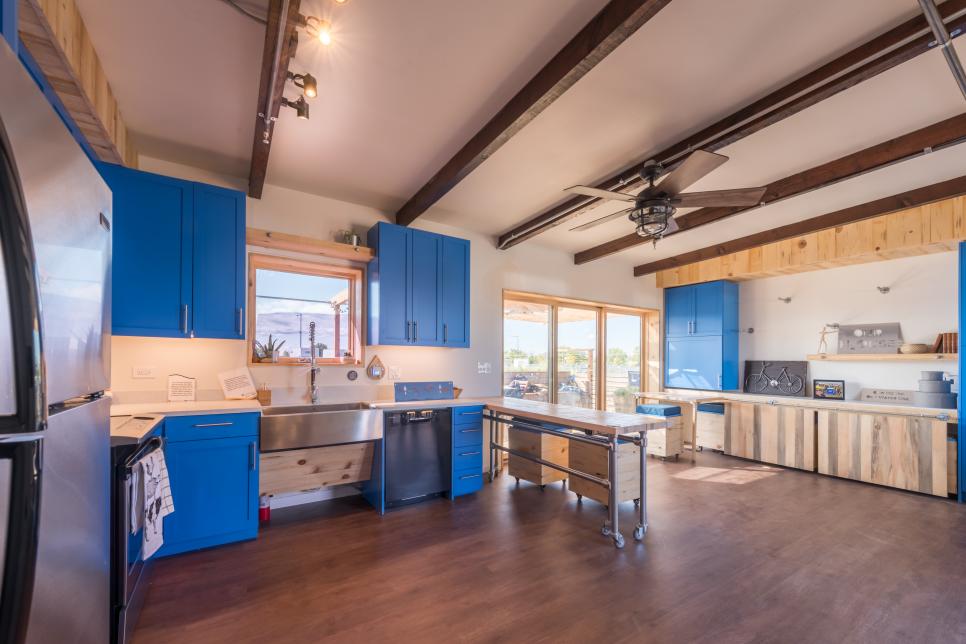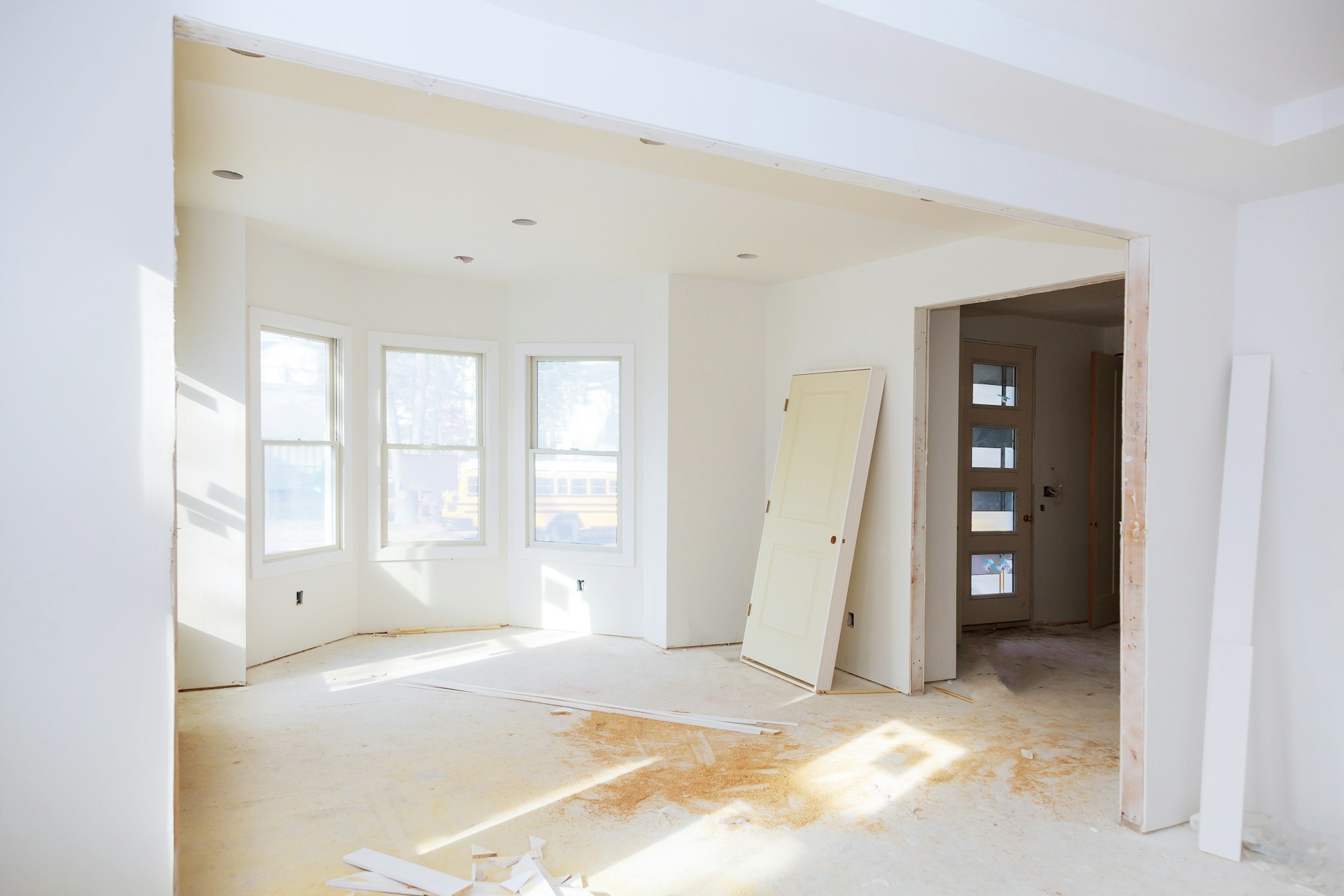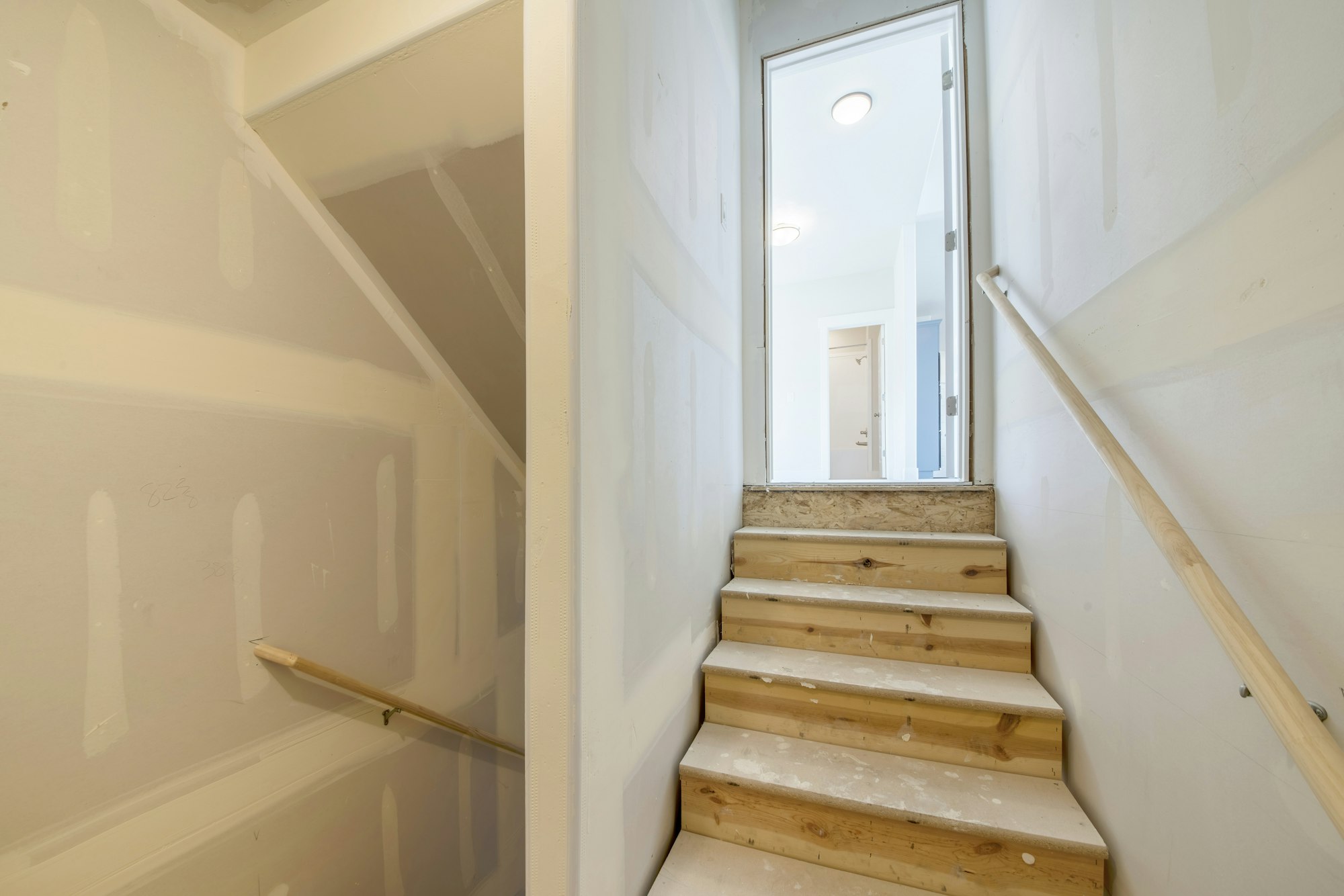Breaking Barriers: Innovative Accessible Home Design
As the population ages and people with disabilities continue to advocate for accessibility, designing homes that are easily accessible and functional for everyone is becoming increasingly important. Accessible home design is about creating living spaces that accommodate people of all ages, abilities, and levels of mobility. This article will discuss the importance of accessible home design and the various elements that make up an accessible home.
Why Accessible Home Design is Important
Accessible home design is important for several reasons:
- It ensures that people with disabilities or mobility challenges can live safely and comfortably in their homes.
- It helps older adults to live independently for longer and age in place.
- It makes homes more functional for families with young children or strollers, making it easier to navigate the space.
- The accessible home design adds value to a property, making it more desirable to potential buyers.
Elements of Accessible Home Design
Entrance and Exits
The entrance and exits of a home are critical elements of accessible home design. The entrance should be wide enough to accommodate a wheelchair or other mobility device, with a ramp or flat surface that is easy to navigate. The door should also be wide enough for easy access, with lever handles that are easy to use. It’s also important to consider the lighting in this area and any potential tripping hazards.
Hallways and Doorways
Hallways and doorways are important areas to consider when designing an accessible home. Hallways should be wide enough for a wheelchair or other mobility device to navigate easily, with good lighting and minimal obstacles. Doorways should also be wide enough for easy access, with lever handles that are easy to use. Additionally, doorways should be threshold-free to avoid tripping hazards.
Flooring
The type of flooring used in an accessible home is also important. Flooring should be slip-resistant, easy to clean, and should provide good traction for wheelchairs or other mobility devices. Smooth surfaces such as hardwood, tile, or linoleum are recommended, while thick carpets or rugs should be avoided.
Kitchen
The kitchen is another important area of the home to consider when designing for accessibility. Countertops should be at a height that is comfortable for people of all heights and abilities, with enough space underneath for a wheelchair to fit comfortably. Cabinets should also be easily accessible, with pull-out drawers and shelves that are easy to reach. Appliances should also be at a height that is easily accessible.
Bathroom
The bathroom is another important area of the home to consider when designing for accessibility. Grab bars should be installed in the shower or bathtub and around the toilet. The sink should also be comfortable for people of all abilities, with enough space underneath for a wheelchair to fit comfortably. Additionally, the bathroom should be well-lit, with slip-resistant flooring.
Stairs and Elevators
Stairs and elevators are also important elements of accessible home design. Stairs should be well-lit, with sturdy handrails on both sides. If stairs are not an option, elevators or lifts can be installed to provide access to different levels of the home.
Technology
Technology can also play a role in accessible home design. Smart home technology can be used to control lighting, heating, and other elements of the home, making it easier for people with mobility challenges to manage their living spaces. Voice-activated devices can also be used to control various home elements, such as opening doors or adjusting the temperature.
Lighting
Good lighting is critical for accessible home design. In addition to helping those with visual impairments navigate the home, it can also help prevent falls and accidents. Lighting should be bright enough to see clearly, but not so bright as to cause glare. It’s also important to have lighting in all areas of the home, including hallways, stairs, and entrances.
Storage
Storage is an important consideration in accessible home design. Storage should be easy to reach and easy to use, with shelves and drawers that can be pulled out easily. For those with mobility challenges, it’s important to have storage that is within reach and doesn’t require bending or stretching. Consider installing pull-out drawers and shelves and adjustable height shelves and rods in closets.
Universal Design
Universal design is an approach to design that aims to create products, buildings, and environments that everyone can use, regardless of age, ability, or disability. When designing an accessible home, it’s important to consider universal design principles. This means creating flexible and adaptable spaces with features that can be adjusted to meet the needs of different people. Examples of universal design elements include lever handles on doors, wide hallways, and open floor plans.
Landscaping
Landscaping can also play a role in accessible home design. Paths and walkways should be wide enough for a wheelchair or other mobility device to navigate, with a smooth surface that is easy to travel on. Consider installing ramps or sloping paths to provide easy access to outdoor areas and handrails to provide support and stability.
Communication
Communication is an important element of accessible home design, especially for those who are deaf or hard of hearing. Consider installing visual alert systems for alarms and doorbells and using video phones or captioned telephones for communication. People who are blind or have low vision have options, such as Braille signage and closed captioning for videos.
Conclusion
Accessible home design is an important consideration for creating living spaces that are functional, comfortable, and safe for everyone. By considering the various elements of accessible home design, including entrance and exits, hallways and doorways, flooring, kitchen and bathroom design, stairs and elevators, technology, lighting, storage, universal design, landscaping, and communication, homes can be made more accessible and welcoming to people of all ages and abilities. By prioritizing accessibility in home design, we can create a more inclusive and equitable society.
FAQS
What is accessible home design?
Accessible home design refers to designing and constructing living spaces that are accessible and functional for people with disabilities or mobility challenges.
Why is accessible home design important?
Accessible home design is important because it ensures that people with disabilities or mobility challenges can live independently and safely, making homes more functional for people of all ages and abilities.
What are some common features of accessible home design?
Common features of the accessible home design include wide doorways and hallways, zero-step entrances, non-slip flooring, accessible bathrooms, and kitchens, and technology that people with disabilities can use.
Who can benefit from accessible home design?
Accessible home design benefits everyone, including people with disabilities, aging populations, families with young children, and individuals with temporary or situational disabilities, such as a broken leg or arm.
How much does it cost to implement accessible home design?
The cost of implementing accessible home design will depend on the extent of the modifications needed. Some modifications, such as installing grab bars or lever door handles, may be relatively inexpensive, while others, such as widening doorways or installing an elevator, may be more costly.
Are there any government programs or incentives for accessible home design?
Home accessibility improvements can be expensive, but the government offers a number of programs and incentives to help families offset those costs. These programs vary by location, so checking with your local government or housing authority is important.
Can existing homes be modified to become more accessible?
Yes, existing homes can be modified to become more accessible. This may involve making structural modifications, such as widening doorways, adding ramps, or making smaller modifications, such as installing grab bars or non-slip flooring.
What is universal design?
Universal design is an approach to design that aims to create products, buildings, and environments that everyone can use, regardless of age, ability, or disability. Universal design principles can be applied to accessible home design.
Are there any design trends in accessible home design?
One design trend in accessible home design is using smart technology, such as voice-activated devices and home automation systems, to improve accessibility and independence for people with disabilities.
How can I find a professional who specializes in accessible home design?
You can find a professional specializing in accessible home design by searching online directories, contacting local disability advocacy organizations, or asking for referrals from friends and family. It’s important to choose a professional with experience in accessible design who can provide references and examples of previous work.








